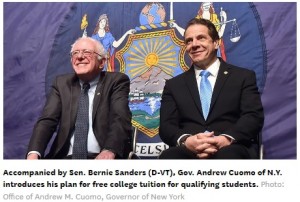
Earlier this week, under the direction of President Donald Trump, Attorney General Jeff Sessions announced the elimination of the Deferred Action for Childhood Arrivals, or DACA, program. Under his order the approximately 800,000 registered DACA individuals will see their legalized status in this country end in six months, subjecting them to deportation and other administrative actions. The president encouraged Congress to pass legislation that would provide a permanent legalization of the status of DACA registrants, but only if it did so as part of a comprehensive immigration reform plan – something Congress, whether controlled by Democrats or Republicans, has been unable to do for decades.







